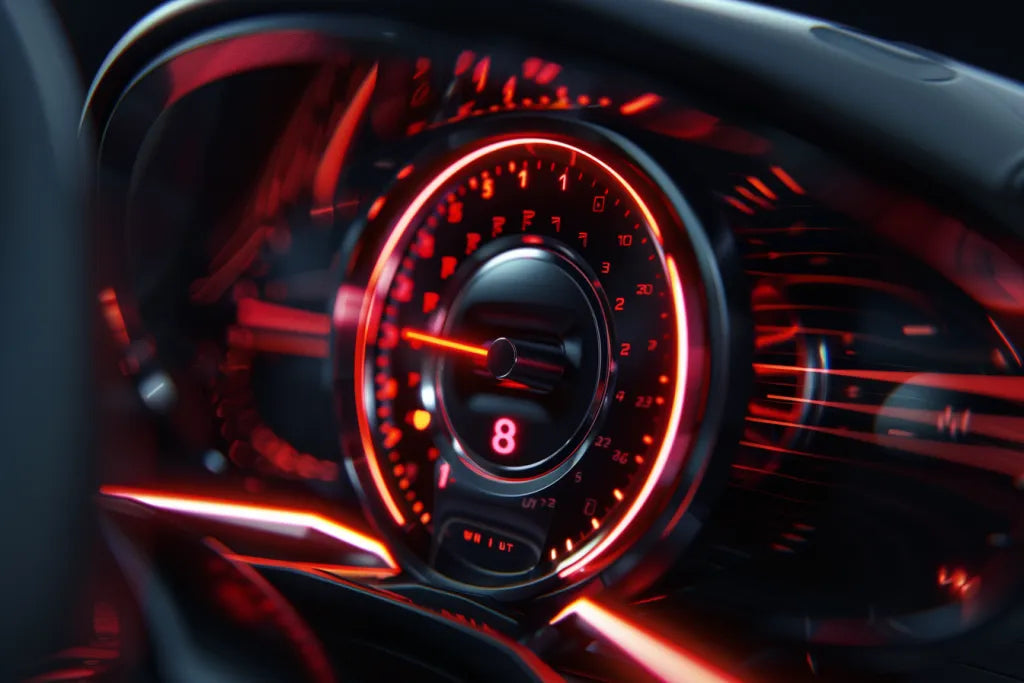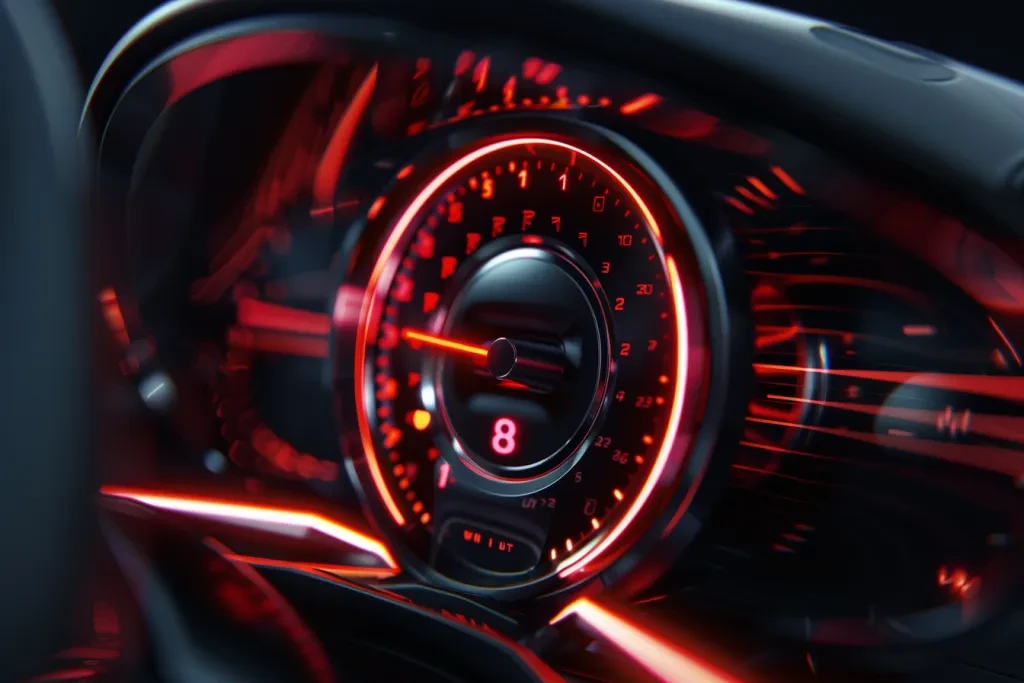
How Does a Mechanical Tachometer Work? Shocking Insights Here!
Share
If you have ever wondered about the inner workings of a tachometer, you are not alone. Understanding how does a mechanical tachometer work can be both fascinating and beneficial for tech professionals and enthusiasts alike. A tachometer, a vital instrumentation device primarily used in vehicles and machinery, provides essential data regarding rotational speed, usually expressed in revolutions per minute (RPM). Lets dive deep into the mechanics of this remarkable device.

What Is a Mechanical Tachometer?
A mechanical tachometer is a device that mechanically measures the rotational speed of an object. Commonly found in automobiles, aircraft, and industrial machines, it helps monitor performance and prevent damaging overloads. Unlike electronic tachometers, these devices rely on intricate mechanical systems, which make them unique.
The Basic Components
Before discussing how does a mechanical tachometer work, it is essential to identify its basic components:
- Drive System: This feeds the rotation into the tachometer.
- Gear Train: It translates the speed of the drive system to a readable format.
- Needle and Dial: These display the rotational speed in a physical format.
Working Principle of Mechanical Tachometers
The operation of a mechanical tachometer is based on the principles of rotational dynamics and the physics of inertia. Unlike more advanced electronic models, the mechanical variant prides itself on simplicity.
The device uses a magnetic or mechanical coupling to sense the rotational speed. As the drive system rotates, it causes the tachometer gears to revolve. This gear movement is transferred through a series of cogs that ultimately turn the shaft connected to the needle. The position of the needle points to the speed on the dial.
Calibration and Accuracy
Maintaining the accuracy of a mechanical tachometer requires proper calibration. The calibration process involves comparing the tachometer readings against known RPM benchmarks. Factors such as friction, temperature changes, and wear over time can affect readings. Therefore, regulations such as this can ensure consistent performance in various conditions.
Advantages of Using Mechanical Tachometers
Despite being overshadowed by digital alternatives, mechanical tachometers come with various remarkable advantages:
- Reliability: Their straightforward construction allows for enhanced durability in rugged conditions.
- Low Maintenance: With minimal electronic components, they experience fewer failures.
- Immediate Response: Mechanical tachometers offer real-time data, crucial for performance monitoring.
Applications
From aviation to automotive industries, mechanical tachometers are utilized for various purposes:
- Aerospace: They measure the RPM of aircraft engines.
- Automotive: Used in cars to monitor engine performance.
- Industrial Machinery: Helps to manage the speed of production equipment.
How to Maintain a Mechanical Tachometer
Proper maintenance is vital for ensuring longevity and accuracy:
- Clean the instrument regularly to avoid dust accumulation.
- Check cables and connections for wear and fraying.
- Calibrate it based on your usage to ensure accurate readings.
Common Issues and Troubleshooting
Like all mechanical devices, tachometers are prone to certain issues:
- Erratic Readings: Generally caused by worn gears or insufficient lubrication.
- Needle Sticking: This can result from debris in the gearing mechanism.
- Inconsistent Calibration: Regular checks against reliable RPM standards help mitigate this issue.
Conclusion
Understanding how does a mechanical tachometer work provides valuable insight into its significance across numerous industries. Their simplicity and reliability make them timeless tools in our technologically advanced world. If you wish to learn more about tachometers, you can visit this informative resource on tachometers here.

FAQs
1. What is the difference between a mechanical and digital tachometer?
Mechanical tachometers use physical movement and gears, while digital tachometers utilize electrical signals for measurements.
2. Can I install a mechanical tachometer myself?
Yes, you can install a mechanical tachometer by following proper instructions, such as those found in this guide on installation techniques.
3. What are the signs of a faulty mechanical tachometer?
Erratic needle movements, sticking, or frequent discrepancies in readings are signs that your tachometer may be faulty.
